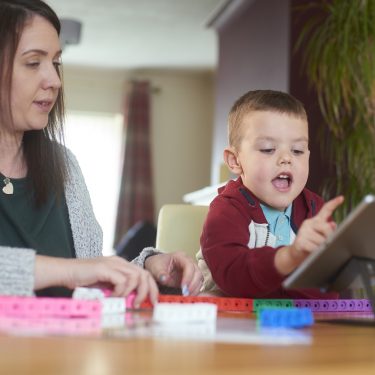-
Jon AndrewsEducation Policy Institute
-
Lily WielarEducation Policy Institute
Project overview
This project will explore how multi-academy trusts (MATs) are approaching the challenges and harnessing the opportunities of AI. It will also look to understand how AI tools are being implemented, evaluated and cascaded across schools to support better teaching and learning.
Why this project is important
General-purpose AI tools have the potential to transform the ways school operate through more intelligent data collection, more accurate assessment setting and marking, personalised and adaptive learning, and improving teachers’ administrative workload. By 2024, 57% of teachers were using tools like ChatGPT, more than one in ten had used an AI tool in a lesson, and 31% had not used AI at all.
Despite the rapid adoption of AI, significant barriers exist to exploiting the benefits more broadly, including a lack of evidence of impact, national guidance, and oversight. The Department for Education has taken steps to overcome these barriers. However, the EdTech and AI market and capabilities are evolving very quickly which makes it difficult to ensure that guidance and safeguards for the sector are sufficiently up to date.
What it will involve
The research team aim to conduct some rapid work – scoping the current policy and research context, and convening two roundtables with representatives from MATs, policy specialists, and educational organisations.
The first roundtable will focus on the ways in which AI is currently being used and ask the following questions:
- How are MATs currently using AI?
- How is AI implanted across trusts?
The second roundtable will focus on governance and ethical considerations of using AI in academy trusts and will ask:
- How are MATs assessing the effectiveness of the use of AI?
- What are the decision-making processes that MATs adopt when deciding on an AI strategy?
- How are MATS managing legal and ethical considerations?
How it will make a difference
The findings will be used to guide national policy, share best practice across the sector, and identify more specific areas for further research. The outputs will be directly shared with key stakeholders, including the Department for Education, national education organisations, MATs, local authorities, and the wider education research community.










































